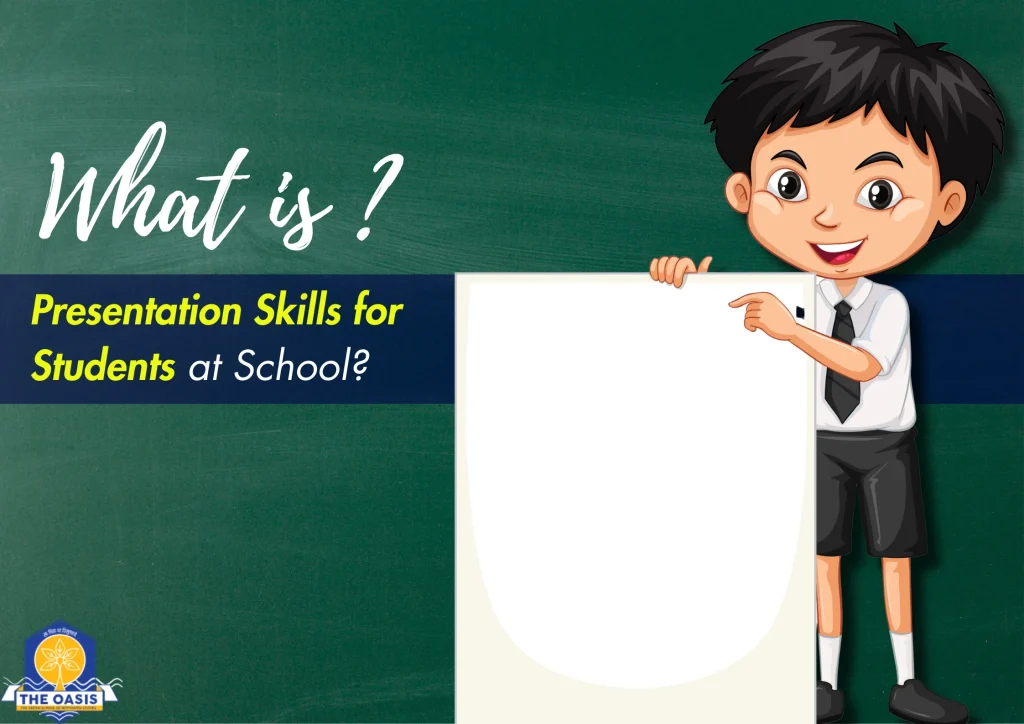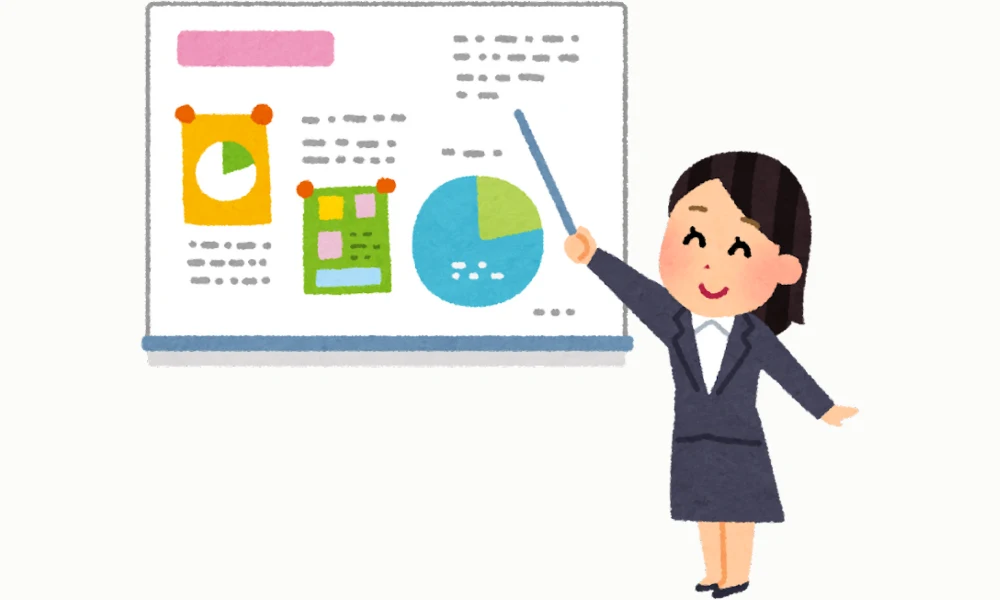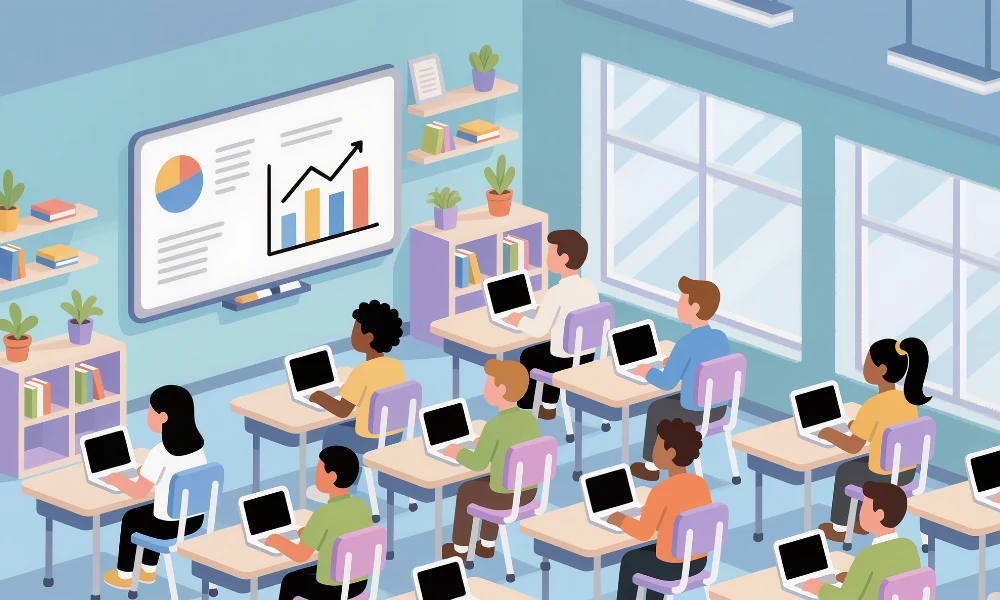
Imagine stepping up in class and feeling calm, clear, and ready. That moment is exactly why many students ask, what is presentation skills and how do I get better at it? In school, it’s more than speaking, it’s the power to shape ideas so classmates understand, remember, and care.
- What is Presentation Skills?
- Why Presentation Skills Matter in School?
- The Anatomy of a Strong Classroom Presentation:
- How to Improve: A Short, Repeatable Plan?
- Handling Nerves:
- Feedback That Actually Helps:
- How Teachers and Schools Can Help?
- Common Mistakes to Avoid:
- Your Voice, Your Advantage
- Frequently Asked Questions (FAQs)
What is Presentation Skills?

Put simply, what is presentation skills for students? It’s the ability to plan, structure, and deliver your message so it lands. It blends clear content, confident voice, open body language, and supportive visuals. For school, that means knowing your topic, arranging points logically, and speaking in a way your audience can follow.
Key parts include:
- Clear structure (beginning, middle, end)
- Voice control (pace, pause, emphasis)
- Body language (eye contact, posture, gestures)
- Visual aids (simple slides, charts, props)
- Audience connection (questions, examples, stories)
Why Presentation Skills Matter in School?
Students who master what is presentation skills build confidence and learn to think on their feet. It improves grades in projects, boosts performance in debates, and strengthens communication for group work. Long term, it helps in interviews, internships, and leadership roles. In short: speak better, learn better, do better.
The Anatomy of a Strong Classroom Presentation:

Content: Start with a hook a surprising fact, a short story, or a question. State your goal in one line. Cover three to four main points with simple examples. End with a takeaway the class can use today.
Delivery: Keep your pace natural. Use pauses to highlight big ideas. Maintain a relaxed posture, look at different corners of the room, and smile when appropriate.
Visuals: One idea per slide. Large fonts. Few words. Use simple images or diagrams that clarify your point rather than distract.
Engagement: Ask a quick question, invite a show of hands, or use a tiny demo. Engagement helps classmates retain what you say.
How to Improve: A Short, Repeatable Plan?
Students often google what is presentation skills and get huge checklists. You don’t need that. You need a routine you can repeat for any topic:
- Outline in 5 lines: Hook, Point 1, Point 2, Point 3, Takeaway.
- Say it out loud twice: Record yourself once; fix the longest sentence; remove filler words.
- Slide check: Big titles, big text, fewer bullets. Replace one paragraph with an image.
- Confidence reps: Practice in front of a mirror or a friend. Time it. Aim for steady pace.
- Final polish: Add one class-friendly example and a 10-second recap at the end.
Handling Nerves:
Nerves are normal. Breathe in for four counts, out for four counts, three times. Plant your feet hip-width apart. Start with a sentence you memorized (your hook), then shift to natural speech. Remember: your classmates want you to succeed, they’re on your side.
Feedback That Actually Helps:
Ask for one thing you did well and one thing to improve. Keep a tiny log: “slowed down,” “better slide titles,” “strong eye contact.” After a few presentations, you’ll see clear progress.
How Teachers and Schools Can Help?

Schools can boost outcomes by scheduling short presentations in subjects beyond language and social studies—science demos, history snapshots, reading reflections. Offering brief feedback rubrics (clarity, delivery, visuals, engagement) turns each talk into a learning loop. Over time, students stop fearing the front of the room and start owning it.
Common Mistakes to Avoid:
-
Reading slides word for word
-
Speaking too fast without pauses
-
Overloading visuals with text or tiny charts
-
Skipping the conclusion or leaving no takeaway
-
Ignoring the audience no questions, no eye contact
Your Voice, Your Advantage
If you’re still wondering what is presentation skills, remember: it’s the everyday skill of shaping your ideas so people understand and care. Start with a 5-line outline, practice once out loud, clean up your slides, and add one example. Do this each time, and your confidence will grow presentation by presentation, class by class.
Frequently Asked Questions (FAQs)
Ques 1. What is presentation skills for students?
Ans. Presentation skills are the ability to plan, structure, and deliver ideas clearly using voice, body language, and simple visuals so classmates understand and remember.
Ques 2. Why are presentation skills important in school?
Ans. They boost confidence, improve grades in projects, build communication and leadership, and prepare students for interviews and real-life speaking.
Ques 3. What makes a good school presentation?
Ans. A clear outline, calm pace, eye contact, one idea per slide, and a short takeaway that classmates can use immediately.
Ques 4. How can I quickly improve my presentation skills?
Ans. Write a 5-line outline, practice out loud twice, simplify slides, add one example, and record a 60-second rehearsal to fix pace and filler words.
Ques 5. Why does this guide explain what is presentation skills better than others?
Ans. It gives a student-friendly definition, a repeatable plan, and small, realistic steps you can use in class today without overwhelming checklists.



